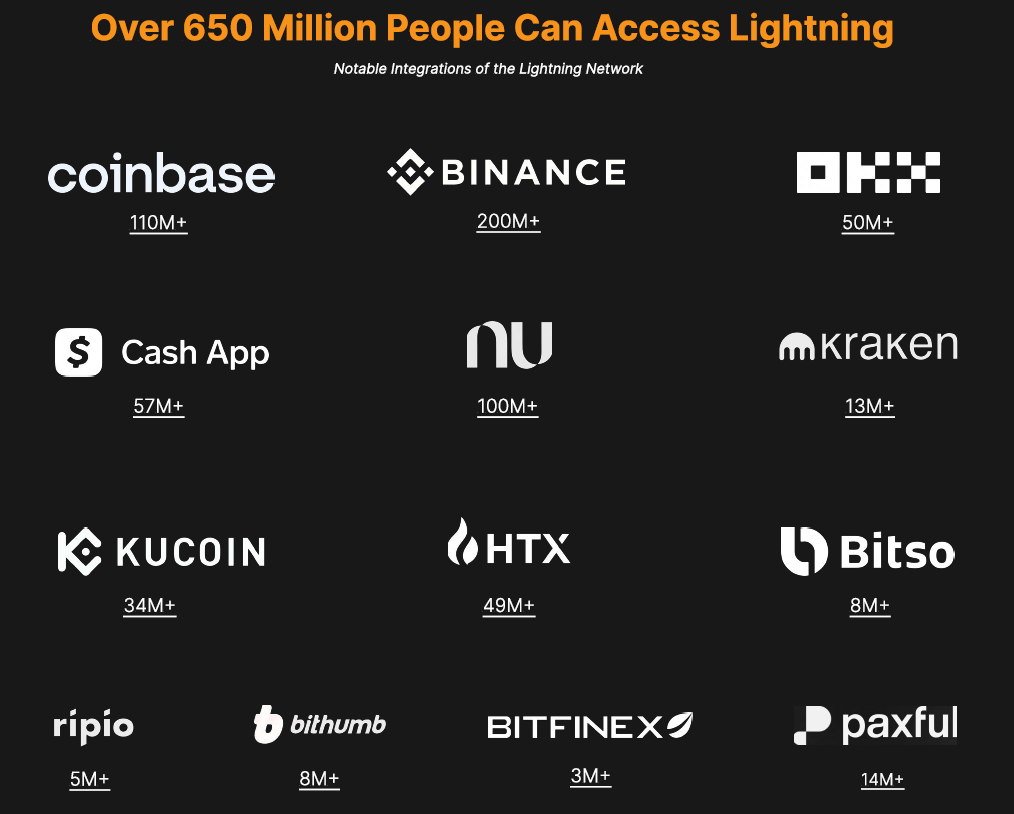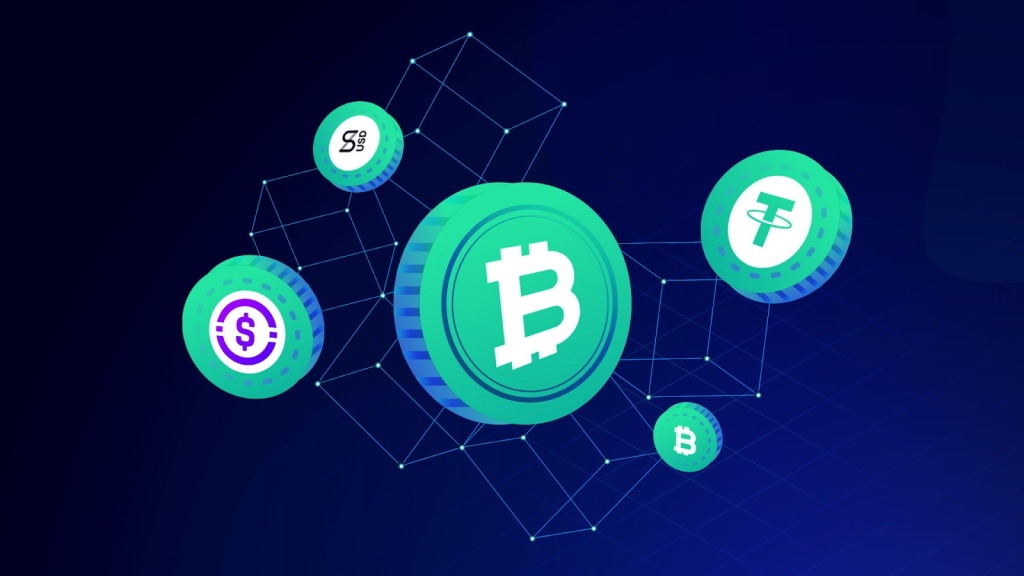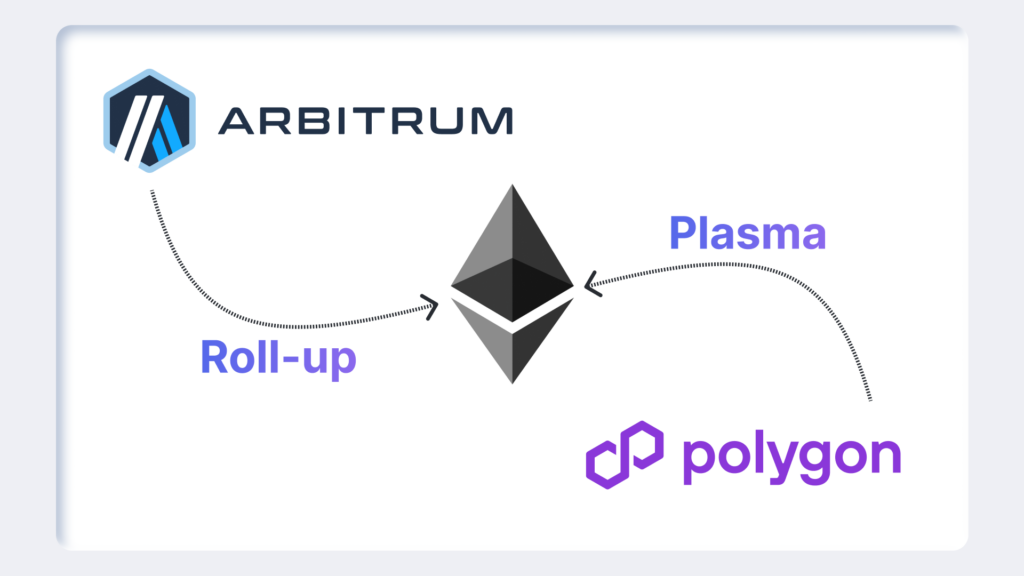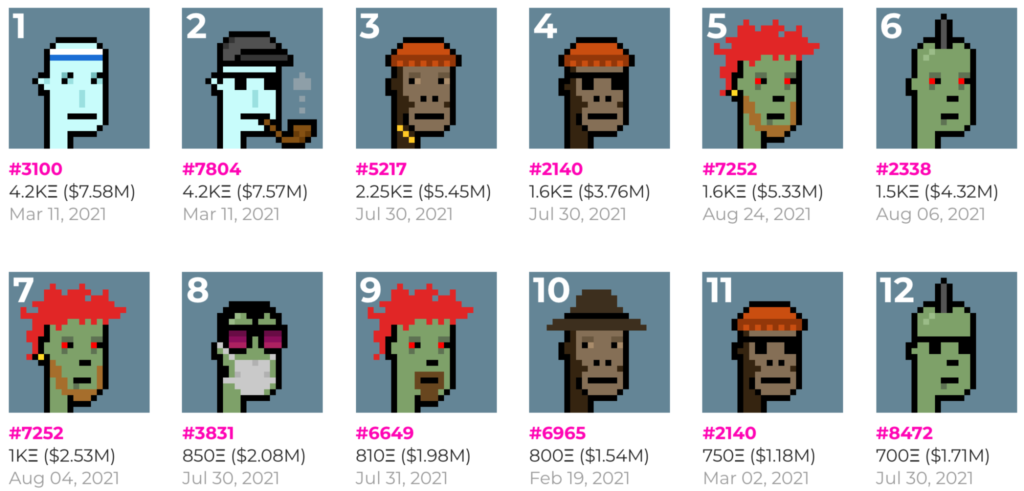Bitcoin (BTC) was originally created as peer-to-peer digital cash, but over time, it has been viewed more as digital gold—a store of value rather than a currency.
However, a recent report co-authored by Bitcoin scaling firm Breez suggests that BTC is making a comeback as a medium of exchange, thanks to the growing adoption of the Lightning Network.
With Bitcoin payments expanding across retail, luxury goods, and remittances, is BTC finally reclaiming its original purpose?
Lightning Network: The Backbone of Bitcoin Payments
The Lightning Network is a layer-2 scaling solution designed to make Bitcoin transactions faster and cheaper.
🔹 Instant transactions with near-zero fees
🔹 Expanding adoption in global retail and remittances
🔹 More than 650 million people now have access to Bitcoin payments via Lightning
According to the report, Lightning is accelerating Bitcoin’s shift from a store of value to a real-world payment system.
Where Does the 650 Million Figure Come From?

The report calculates this number by aggregating the user bases of major crypto platforms, including:
- Binance (260M users) and Coinbase
- Peer-to-peer (P2P) platforms like Paxful
While not all users actively spend BTC, Lightning makes microtransactions and pay-per-use models viable, enabling people to buy coffee, access content, and send remittances using Bitcoin.
Bitcoin as a Payment Method in Emerging Markets
In developed countries, Bitcoin is often seen as an investment asset. However, in regions facing high inflation and fiat instability, BTC is proving to be a viable alternative to traditional money.
A prime example is Pick n Pay, a major African retailer, which now accepts Bitcoin payments via Lightning Network.
According to Carel van Wyk, founder of MoneyBadger:
“Lightning payments are currently the fastest payment method at the till, comparable to tap-to-pay card payments, with lower fees than credit or debit cards.”
This growing adoption highlights Bitcoin’s role as a functional currency, especially in markets where banking access is limited.
Lightning Network Revolutionizing Global Remittances
Beyond retail, Bitcoin’s Lightning Network is transforming cross-border payments by making remittances faster, cheaper, and more accessible.
Bernard Parah, CEO of Bitnob, emphasized this shift:
“The same way [someone] pays for a cup of coffee in New York City is the same way [they] can now casually send $10 back home to Nigeria.”
With traditional remittance services charging high fees, Lightning Network offers a decentralized, low-cost alternative that is gaining traction in countries reliant on foreign remittances.
Bitcoin vs. Stablecoins: Which Is Better for Payments?

Stablecoins like USDT and USDC have gained widespread use in crypto transactions. In fact, data from Ark Investment Management reveals that stablecoin transactions in 2023 exceeded Visa and American Express combined.
However, the report argues that stablecoins remain tied to fiat risks, such as:
❌ Government control & censorship
❌ Inflation & devaluation risks
❌ Centralized financial oversight
By contrast, Bitcoin is decentralized, censorship-resistant, and not tied to any government-issued currency, making it a true global digital currency.
“Stablecoins are not digitally native. Rather, they are digital representations of non-Internet native assets like the U.S. dollar,” the report states.
As adoption grows, Bitcoin’s utility as a payment system may continue to outpace stablecoins, especially in countries with unstable fiat currencies.
Digital Cash or Digital Gold? Bitcoin’s Evolving Role
While the report makes a strong case for Bitcoin’s growing payment adoption, it acknowledges that most users still trade or hold BTC rather than spend it.
However, as Lightning Network adoption expands, Bitcoin is poised to serve both roles—as a store of value (digital gold) and a real-world currency (digital cash).
The report concludes:
“Bitcoin is already a viable currency. Now. Today.
People are using it to buy a round in their local pub, to send money to important charities on the other side of the planet, and to engage in high-frequency trading.”
With the Lightning Network scaling rapidly, Bitcoin may finally be returning to its original vision of peer-to-peer electronic cash.


